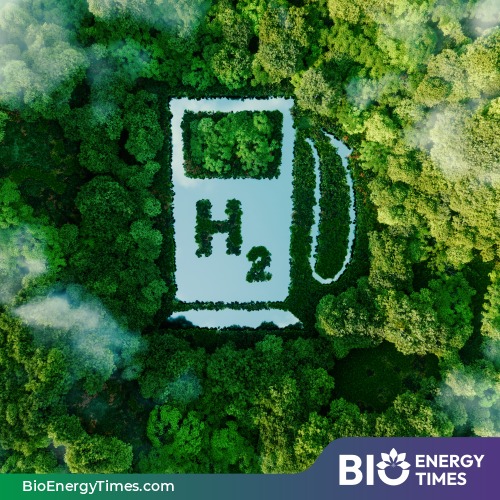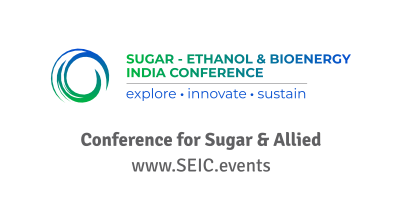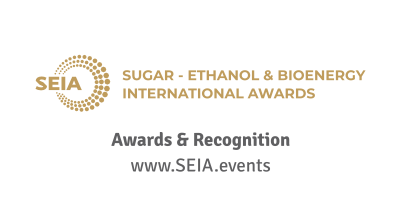Scientists at the Korea Research Institute of Standards and Science (KRISS) have developed a new catalyst that could make green hydrogen production more efficient and affordable. This breakthrough brings the world closer to using hydrogen as a clean and sustainable energy source, reports Open Access Government.
As countries look for cleaner alternatives to fossil fuels, green hydrogen—produced by splitting water into hydrogen and oxygen using electricity—has gained attention. However, its large-scale use has been limited due to high production costs. The KRISS team’s new catalyst offers a solution by improves efficiency while reducing costs.
KRISS researchers created a catalyst designed for a process called anion exchange membrane (AEM) water electrolysis. This method has the potential to make large-scale hydrogen production more affordable. While AEM electrolysis can use cheaper materials than other methods, it still depends on costly metals like platinum and iridium, making it difficult to expand commercially. The new catalyst developed by KRISS changes this by using more affordable materials while delivering better performance.
One of the challenges in the production of hydrogen is that the materials used to make it are prone to degradation. The KRISS team overcame this by combining molybdenum dioxide, MoO₂, with nickel and a little ruthenium. MoO₂ is known to be a good conductor but breaks down when exposed to the environment required to produce hydrogen. The researchers discovered this is caused by specific chemical reactions on its surface. To avoid this, the researchers added minute ruthenium particles, each less than three nanometers, which acted as a protective layer and made the material last longer.
Tests have proved that the new catalyst is four times more resilient and six times more efficient than the materials currently being used. In addition, it works well with renewable energy sources. When integrated with a particular type of solar cell, it achieves a very high rate of converting sunlight into hydrogen fuel. This means that hydrogen can be produced directly from solar energy, making the process even more environmentally friendly.
Another significant benefit of this catalyst is that it can operate in salt water, which means the possibility of producing hydrogen from seawater instead of using purified water. “Right now, we need clean water to produce green hydrogen, but using seawater could significantly lower costs,” said Dr Sun Hwa Park, a lead researcher at KRISS. The team plans to continue studying ways to make this process even more efficient.
The study was a joint research effort between Seoul National University and the Korea Institute of Materials Science. Their results have been published in the respected scientific journal Applied Catalysis B: Environmental and Energy.
That, in turn, would bring to life the green hydrogen dream in a practical, affordable energy resource. Further developments may help us cut our dependency on fossil fuel, reduce the carbon footprint from the same sources, and finally, make hydrogen an integral component of the future clean energy vision for the world.














